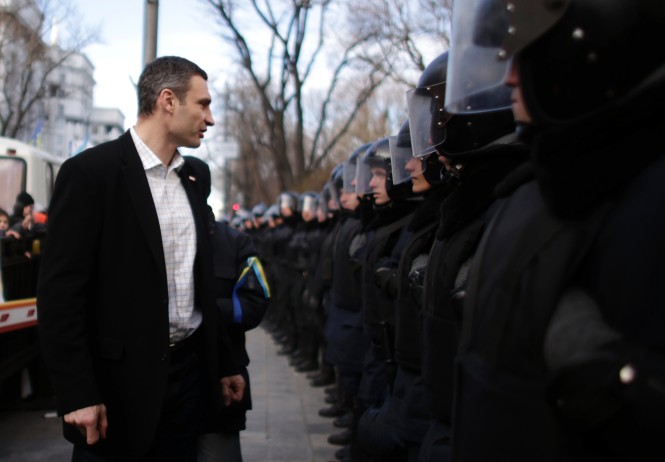LONDON (Thomson Reuters Foundation) - Almost two-thirds of women journalists taking part in a survey on harassment have experienced intimidation, threats or abuse in the course of their work, according to a study by two media organisations.
Most incidents occurred in the workplace and were committed by male bosses, supervisors and colleagues, the poll by the International News Safety Institute (INSI) and the International Women’s Media Foundation (IWMF) revealed.
More than half of women who were harassed indicated it had had a psychological impact, but most did not report it.
“When we talk about safety for the media, we often think in terms of staying safe in war zones, civil unrest and environmental disasters, but how often do we think of the office as a hostile environment?” said INSI Director Hannah Storm.
“What this ground-breaking survey shows is that women journalists are often at risk in their own work places as well: targeted by their colleagues, and because they are let down by the very people they should be able to trust, the violence and harassment they face goes widely unreported and therefore unpunished.”
The survey, carried out from July to November, attracted 958 respondents, 875 of them women.
More than 100 women said they had been subjected to physical violence including assaults and threats with weapons. Police represented about a quarter of the perpetrators of these incidents.
Another 279 women journalists had experienced sexual harassment at work. Racial remarks, as well as harassment on the grounds of age, sexual orientation, religion, political and trade union membership were also reported.
Abuse of power or authority, verbal, written or physical intimidation, personal threats and reputation damage were the most common experiences, the results show.
Most perpetrators were men, whether colleagues, government officials, the police or interviewees.
More than 160 women had also had their personal email hacked or subjected to surveillance.
Over 260 women indicated their employer did not provide them with any training, emotional support or counselling to help them deal with harassment or violence.
The survey was released to coincide with the U.N.’s Global Forum for Media and Gender and remains live and open to contributions at https://www.surveymonkey.com/s/INSI-survey
INSI, a training organisation that advocates for journalist safety, and IWMF, a Washington-based organisation dedicated to strengthening the role of women journalists worldwide, will be releasing a more in-depth report to coincide with International Women’s Day in March 2014.















































































































We welcome comments that advance the story through relevant opinion, anecdotes, links and data. If you see a comment that you believe is irrelevant or inappropriate, you can flag it to our editors by using the report abuse links. Views expressed in the comments do not represent those of the Thomson Reuters Foundation. For more information see our Acceptable Use Policy.
comments powered by Disqus